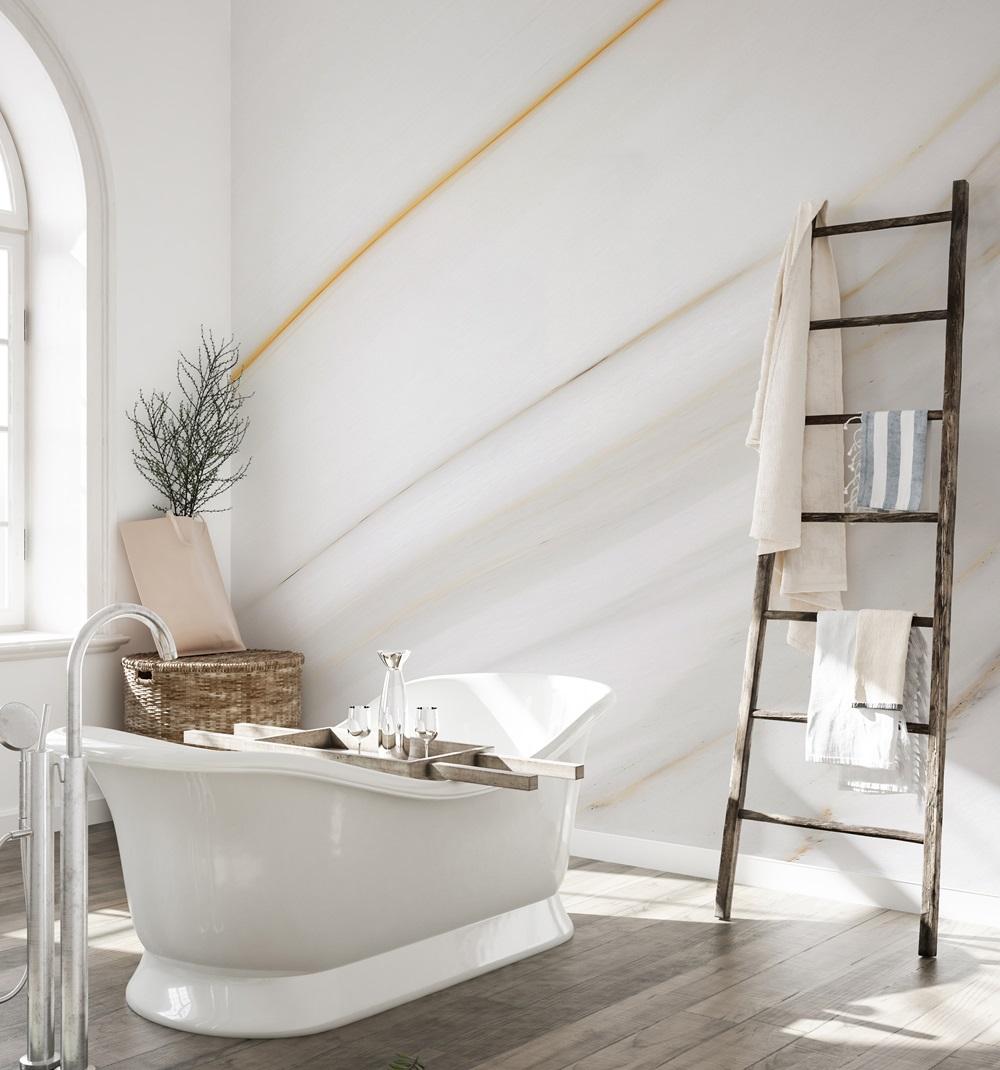A Beginner's Guide to Installing Wallpaper

Putting up wallpaper for the first time might seem like a difficult task, but it is a very manageable DIY project when you break it down into clear steps. The key to getting a good result is all about careful preparation. This guide provides a straightforward process, from getting the old paper off the walls to hanging the new sheets, so you can update your space with confidence.
Step 1 Before You Begin
Proper planning is the most important part of the job. Before you get into the hands-on work, you need to make some decisions and gather your materials. How you Choose the Perfect Wallpaper can affect the installation process.
Material Matters
For beginners, some wallpaper materials are more user-friendly than others. Non-woven wallpapers are often recommended because the application method is simpler. With this type, you apply the paste directly to the wall instead of the paper, which makes handling the sheets much easier. Another great option is peel-and-stick wallpaper, which functions like a large decal and can be repositioned if you make a mistake.
Tools and Supplies
Gathering all your tools beforehand will make the entire process go smoothly. You will likely need a scoring tool, a wallpaper scraper or putty knife, a bucket, and a sponge for the removal phase. For installation, you will want a measuring tape, a level, a pencil, a smoothing tool, and a sharp utility knife with extra blades. A drop cloth and painter's tape are also essential for protecting your room.
Step 2 Preparing Your Walls
A clean, smooth surface is necessary for your new wallpaper to adhere properly. For many people, this part of the job includes Removing Old Wallpaper.
Clearing and Protecting the Room
Start by moving all furniture out of the room or to the center and covering it. Lay a drop cloth on the floor to protect it from water and adhesive. For safety, it is very important to turn off the electricity to the room at the circuit breaker. Then, put painter's tape over all electrical outlets and light switches.
The Removal Process
If the old wallpaper is a peel-and-stick type, you should be able to simply pull it off the wall starting from a corner. For traditional papers, the process requires more effort. First, use a scoring tool to make small holes in the paper's surface. This allows the removal solution to penetrate. Next, apply a wallpaper removal solution with a sponge or spray bottle. After letting it soak for several minutes, use a scraper to peel the paper away. Once all the paper is off, wash the walls with a sponge and warm water to get rid of any leftover adhesive. Let the walls dry completely, then fill any holes with spackle and sand them smooth.
Step 3 The Installation Process
With clean and dry walls, you are ready to hang your new wallpaper. Work slowly and methodically, one strip at a time.
Measuring and Cutting Your First Piece
Measure the height of your wall from the ceiling to the baseboard. Cut your first strip of wallpaper about four inches longer than this measurement to give you extra room for trimming at the top and bottom. The most critical part of the entire installation is making sure this first piece is perfectly straight, as all other pieces will align with it. Use your level and a pencil to draw a straight vertical line, called a plumb line, about one inch less than the width of your wallpaper from a corner.
Hanging the Wallpaper
Follow the instructions for your specific wallpaper type. If you are using paste-the-wall paper, apply a thin, even layer of adhesive to the wall for the first section. Carefully line up the edge of your first wallpaper strip with the plumb line you drew, pressing it onto the wall. Let the extra paper overlap at the ceiling. Using a wallpaper smoothing tool, press the paper flat, working from the center out to the edges to push out any air bubbles.
Matching Patterns and Finishing Up
Hang your second strip of wallpaper right next to the first, sliding it into place until the pattern on the edges lines up perfectly. Once the second piece is smooth, you can trim the top and bottom of the first piece. Use a straight edge and a sharp utility knife to make a clean cut along the ceiling and baseboard. After each strip is hung, use a damp sponge to gently wipe away any excess paste from the surface of the wallpaper. Continue this process around the room.








